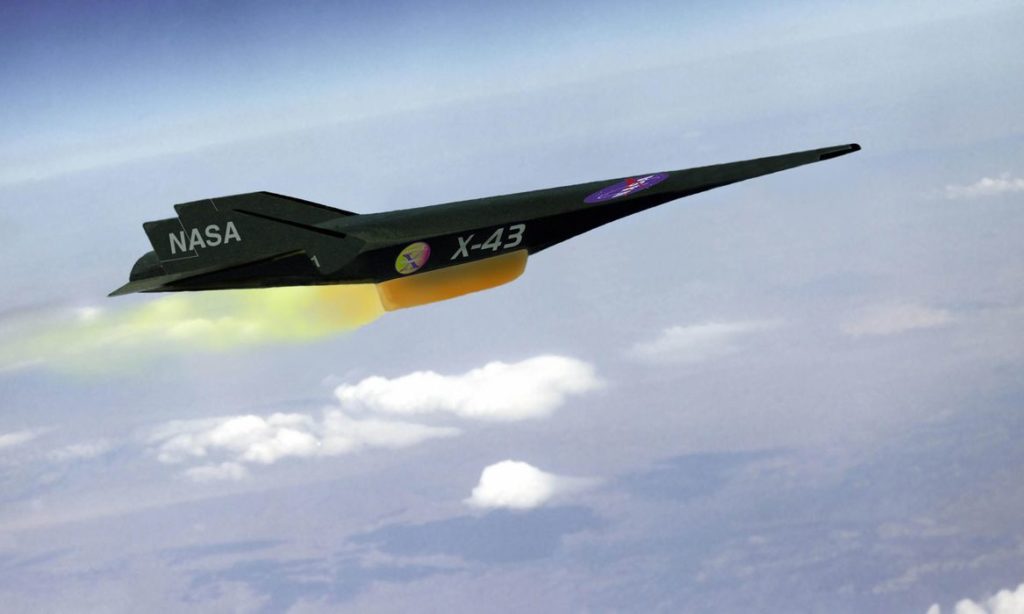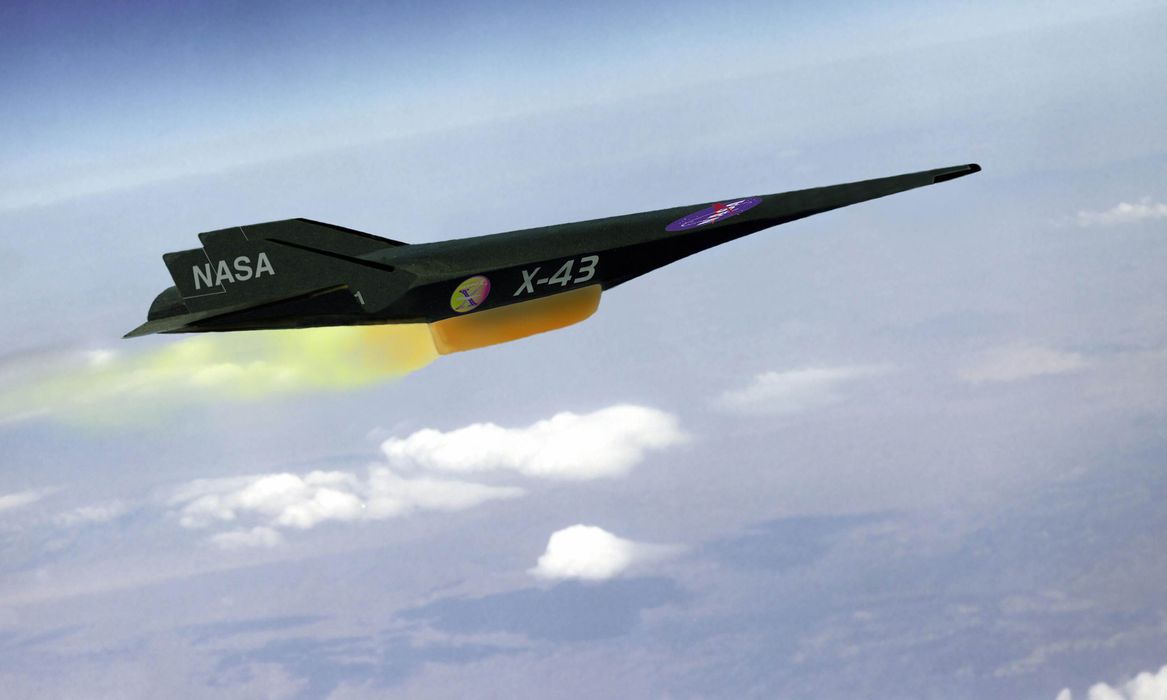
Researchers have identified another area of application for 3D printing: catalysts.
A catalysis is defined by Wikipedia as:
“Catalysis is the process of increasing the rate of a chemical reaction by adding a substance known as a catalyst. Catalysts are not consumed in the reaction and remain unchanged after it.”
Perhaps the most well-known catalytic system is the common Catalytic Converter found in most automobiles. This is a device that exposes noxious exhaust gases to a catalyst that reduces the emissions.
It may be that catalysts could be another growth area for 3D printing applications, much in the same way that complex antennae or heat exchangers have become. All these items are typically made using highly complex geometries to flow air, fluid or capture radiation in a desired manner.
The catalyst idea was spawned from a real-life problem: supersonic flight. This is a subject of several companies currently developing high-speed aircraft, and they’ve all got the same problem.
That problem is heat.
As the aircraft reaches incredibly high speeds, air is compacted ahead of the vehicle. When you compress air, it gets hot. Very hot.
The exterior skin of the aircraft, in particular the nose area, is subjected to this heat. We don’t want that heat because it can soften the metal material of the vehicle, and potentially cause a crash.
One way to maintain proper temperatures is to actively cool the surface during flight by piping cooling fluid on the inside of the vehicle’s exterior surface.
However, the problem is that in these vehicles there is extremely limited space and the typical aerospace need to reduce weight.
The researchers developed a way to 3D print a much smaller catalyst element that could take on this role. 3D printing allowed them to create a very complex geometry that would maximize the exposure to the catalyst as the cooling fluid passes through, and at the same time keep the overall size of the unit as small as possible.
This is surely a niche area, but so are antennae and heat exchangers.
It seems to me that this is an application area that has not been fully explored by industry. There could be many more instances of where this approach could be used in industry. After all, it’s not just aerospace that can benefit from decreased weight and improved efficiency.
We’ve seen many new applications for 3D printing discovered over the years, and this is a new one to add to the list.
It won’t be the last.

